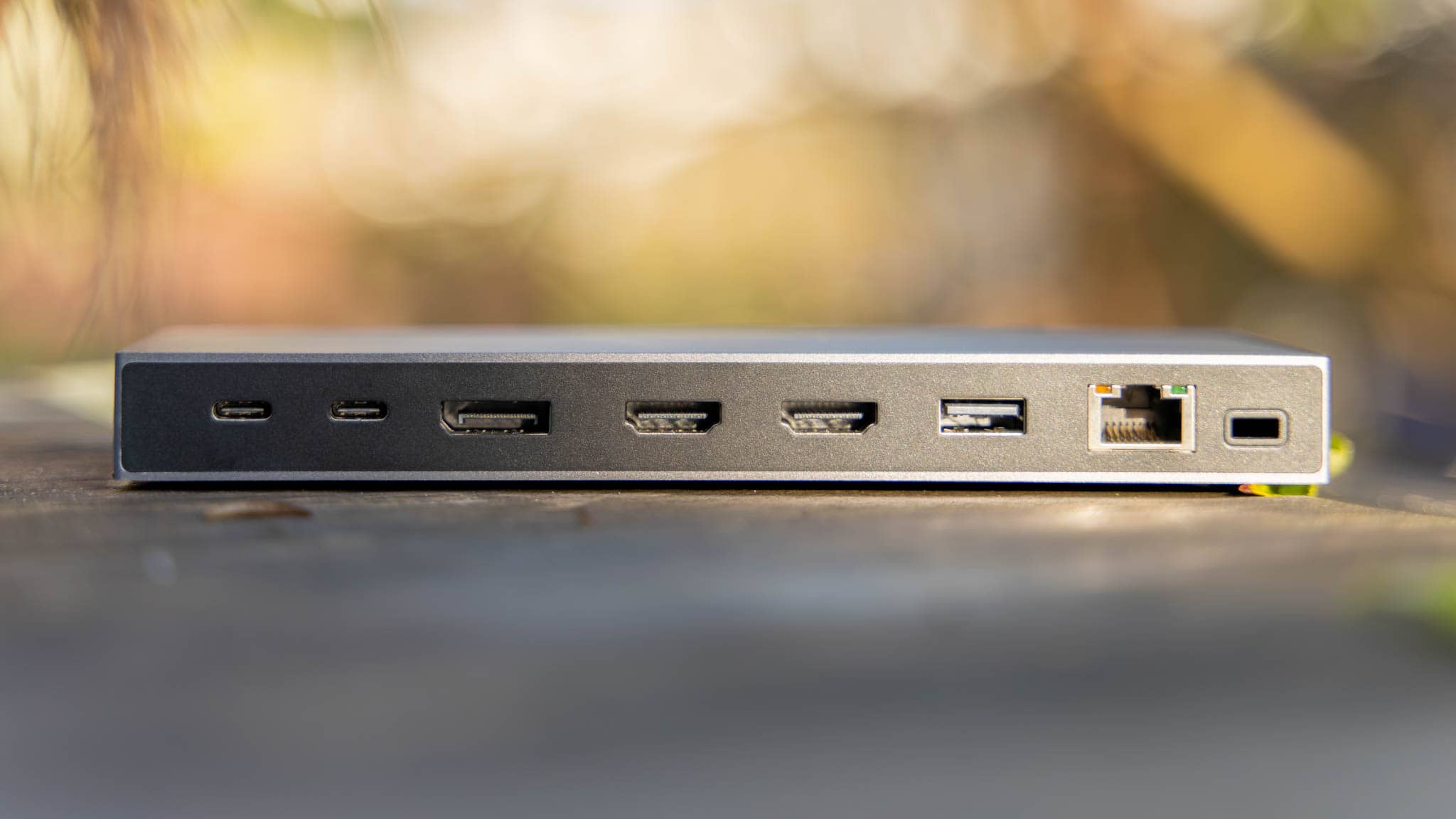
In today's fast-paced world, having a reliable and efficient tech setup is crucial for staying productive and organized. One way to elevate your tech game is by investing in a Microsoft Docking Station. This innovative device can help you streamline your workflow, connect multiple devices seamlessly, and enhance your overall computing experience. In this article, we'll explore the benefits of using a Microsoft Docking Station and how it can take your tech setup to the next level.
Benefits of Using a Microsoft Docking Station
Increased Connectivity
- Allows you to connect multiple external displays, peripherals, and accessories to your laptop or desktop with ease.
- Provides additional USB ports, HDMI outputs, and audio jacks for enhanced connectivity options.
- Makes switching between devices and screens effortless, boosting your productivity and multitasking capabilities.
Enhanced Productivity
- Creates a more organized and clutter-free workspace by reducing cable clutter and minimizing the need for multiple adapters.
- Provides a seamless transition from work mode to home mode by allowing you to connect all your devices with a single dock.
- Increases efficiency by having all your peripherals connected and ready to use as soon as you dock your laptop or desktop.
How to Choose the Right Microsoft Docking Station
Compatibility
- Ensure that the docking station is compatible with your specific laptop or desktop model to avoid any compatibility issues.
- Check the specifications of the docking station to see if it supports the necessary ports and connections for your devices.
Port Options
- Determine the number and type of ports you need for your setup, such as USB-A, USB-C, HDMI, DisplayPort, Ethernet, and audio jacks.
- Choose a docking station that offers a good mix of ports to accommodate all your devices and peripherals.
Additional Features
- Consider additional features like power delivery support, built-in security features, and compatibility with external monitors for an enhanced user experience.
- Look for docking stations with adjustable stands or mounts to help optimize your workspace and improve ergonomics.
Setting Up Your Microsoft Docking Station
Connect the Docking Station
- Connect the docking station to a power source using the included power adapter.
- Connect your laptop or desktop to the docking station using a compatible cable (usually USB-C or Thunderbolt).
Connect Your Devices
- Connect your external displays, peripherals, and accessories to the docking station using the available ports.
- Ensure that all devices are properly connected and recognized by your computer before proceeding.
Configure Your Setup
- Adjust display settings, audio preferences, and other settings as needed to optimize your workspace and user experience.
- Test your setup by using multiple applications and devices simultaneously to ensure everything is working correctly.
Get the Most Out of Your Microsoft Docking Station
Organize Your Workspace
- Use cable management tools to keep your cables organized and prevent clutter on your desk.
- Invest in a monitor stand or a laptop stand to help create a more ergonomic and efficient workspace.
Customize Your Setup
- Personalize your desktop background, screen resolution, and other settings to suit your preferences and workflow.
- Explore additional software and tools that can further enhance your productivity and efficiency while using the docking station.
Stay Updated
- Check for firmware updates and software upgrades for your docking station to ensure optimal performance and compatibility with new devices.
- Stay informed about new features and technologies that can help you make the most of your Microsoft Docking Station.